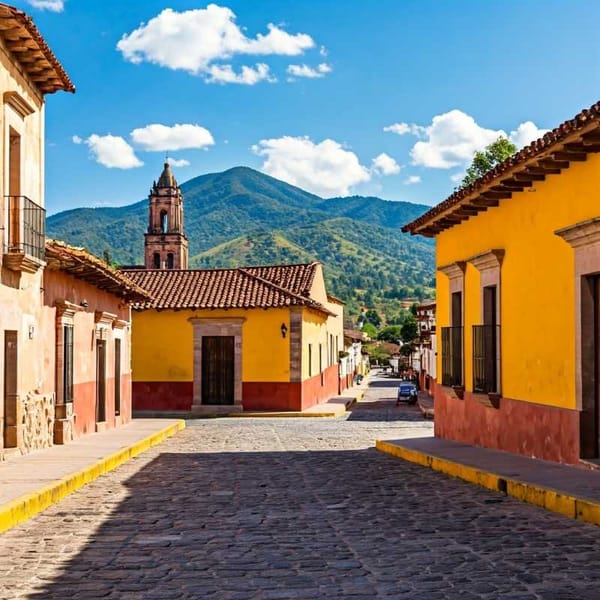The Lacandones and Mexico's Descent into Violence
In the 1960s/70s Mexico, the Lacandones commando, a student-led guerrilla group, sought socialist revolution. They funded operations through company raids, but were ultimately crushed by the government. Their legacy fueled the September 23rd Communist League and the devastating Dirty War.

During the 1960s and 1970s, guerrilla movements emerged in Mexico seeking political and social changes in the country. After the repression of October 2, 1968, in Tlatelolco, where paramilitary and military groups shot at students and the general population, some youth collectives decided to take up arms. As a result, several urban guerrillas were created, such as the Lacandones commando, developed in Mexico City.
The group's purpose was to overthrow the capitalist system and establish a socialist government that would guarantee an equitable distribution of wealth. Inspired by the theoretical principles of Marxism and influenced by the Cuban Revolution, they chose to constitute themselves as an armed movement. They firmly believed that only through armed means could they achieve their objectives, since even peaceful social movements faced arrests, torture, and assassinations.
Members communicated by pseudonyms, which caused confusion with the authorities. For example, Víctor Manuel Damián was known as “Pablo”; María Eugenia Calzada Flores was “Miriam”; Jesús Calderón Esquivel, “Pedro”; and Sergio Villalobos Navarrete, “Julio”, to name a few. Some even had more than one pseudonym, making identification even more complicated for the authorities.
The commando's strategies were based on the expropriation of the assets of various companies to finance their movement. On December 1, 1972, they carried out an assault on the company Sunbeam Mexicana, S.A. de C.V., located in Av. Circunvalación, Tlalnepantla, with the objective of obtaining money, vehicles, and weapons from the police to supply the members of the commando. In addition, on January 18, 1973, they attacked the company Bimbo S.A., located at 117 Mimosas Street, from where they stole three hundred and fifty-five thousand pesos. These funds were used to purchase weapons, propaganda, and some automobiles.
Some members of the group came from different states of the Republic, such as Chiapas, Guerrero, and Sinaloa. Through various contacts, they obtained weapons and sought to promote the creation of a second commando called “Rubén Jaramillo”. However, these objectives remained only in the planning phase, since at the end of January 1973, a few days after the assault on the Bimbo bakery, most of the members of the commando were arrested and several of them were killed.
To continue the guerrilla movement, the remaining members, upon their release, decided to join a broader guerrilla movement that would allow them to continue their resistance. In this way, contact was established between different guerrilla groups, giving rise to the formation of the “Liga Comunista 23 de Septiembre” (September 23rd Communist League). This guerrilla movement stood out as one of the largest at the time and in the history of Mexico, extending its presence in various states of the Republic and grouping diverse sectors and organizations with the objective of forming a socialist political bloc.
The Federal Security Directorate (DFS) was responsible for the annihilation of the commando, executing a series of counterinsurgency strategies with the exclusive objective of eradicating any vestige of socialist ideas. These tactics included the repression of any individual who raised suspicions of being linked to guerrilla groups or to the ideas of socialism. At the same time, an espionage plan was implemented that pursued and infiltrated any organization that was in the institution's sights.
The persecution of the guerrillas in Mexico triggered one of the most violent periods in the country's history, known as the Dirty War. This was characterized by the systematic violation of human rights by the State, including forced disappearances, torture, kidnappings, and assassinations. These acts involved officials from all three levels of government who had a direct influence on the tactical decisions of military operations.
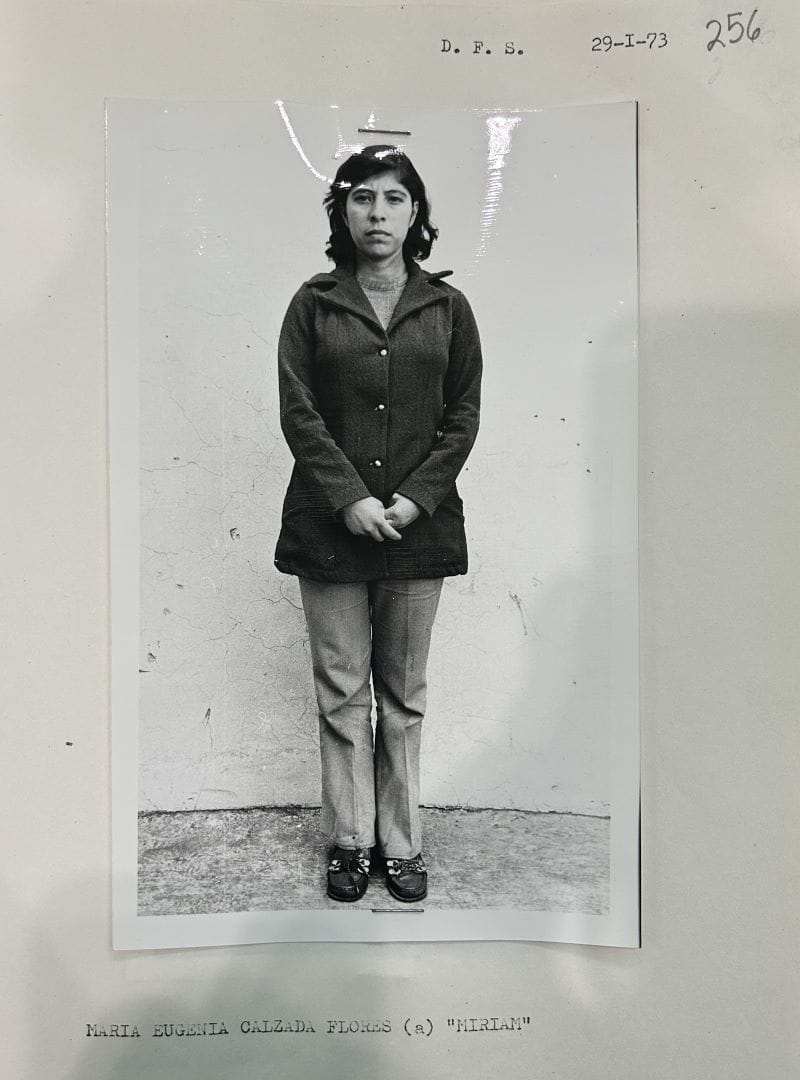
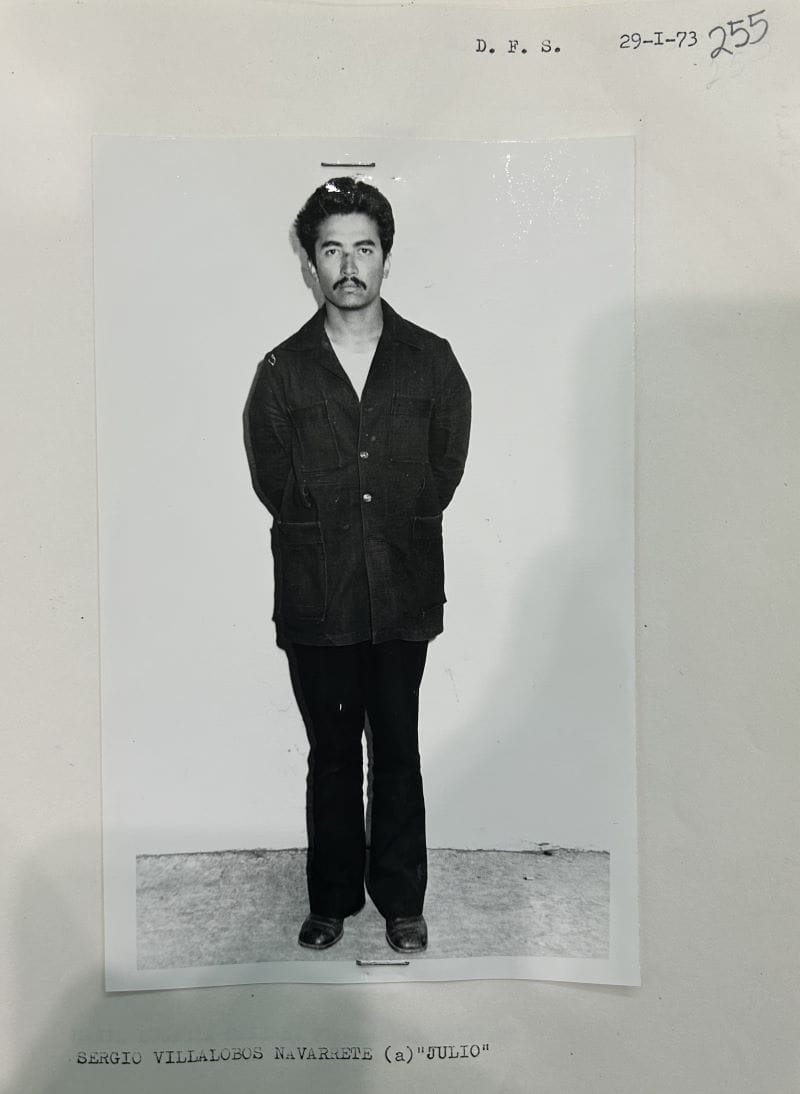
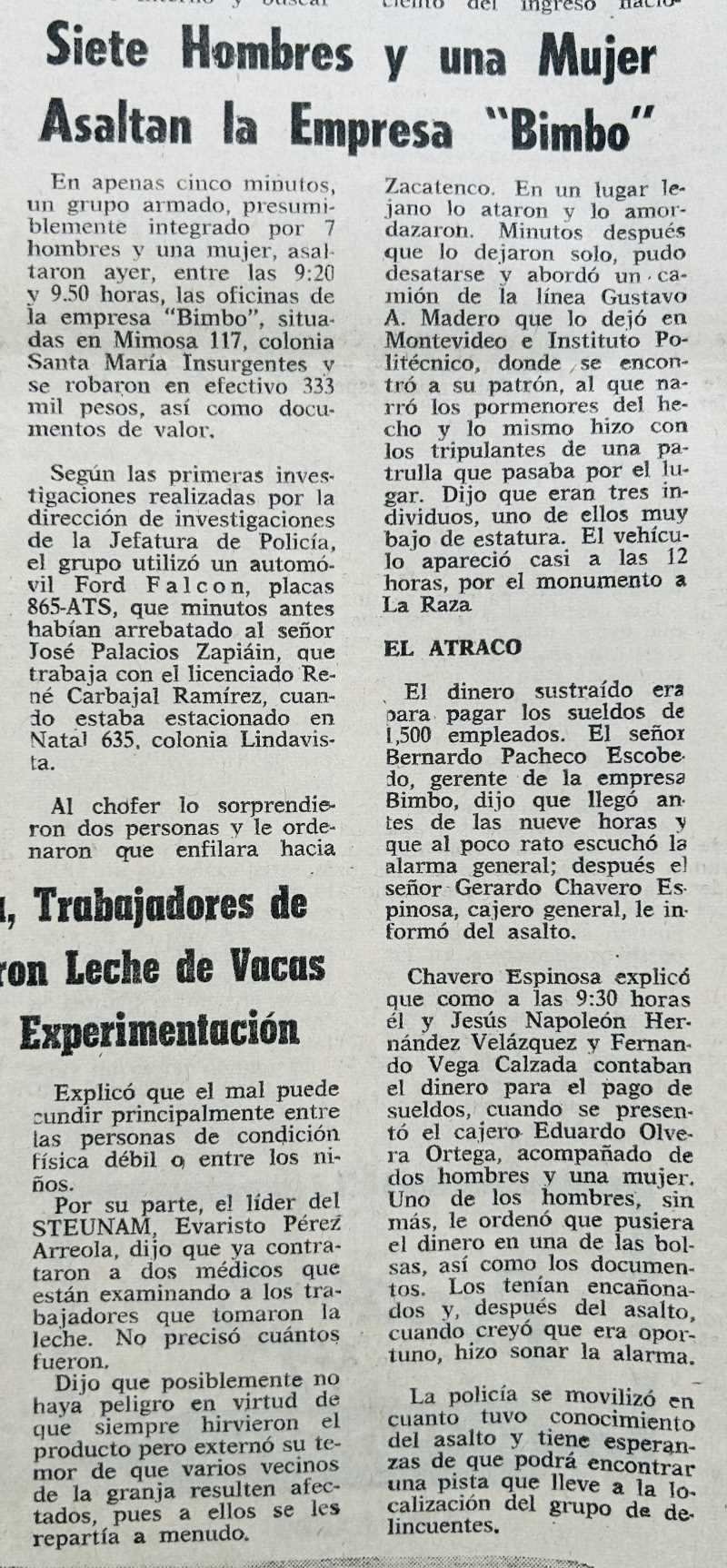
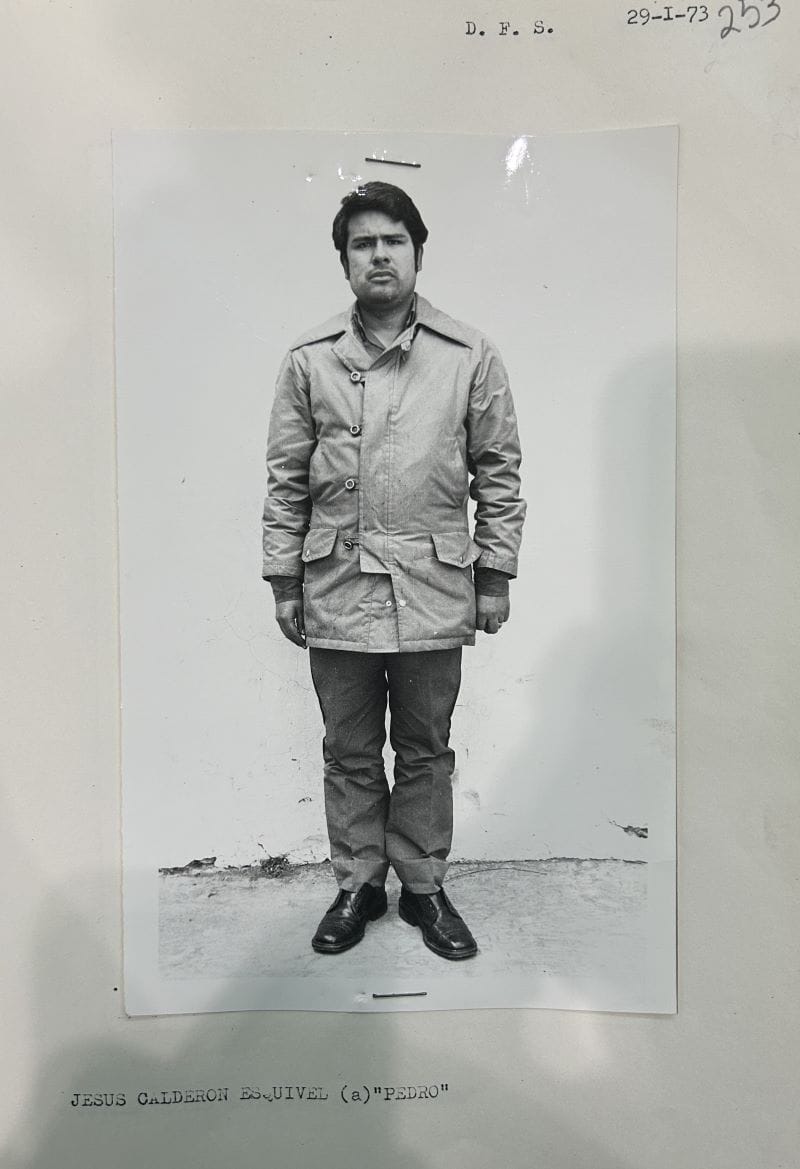
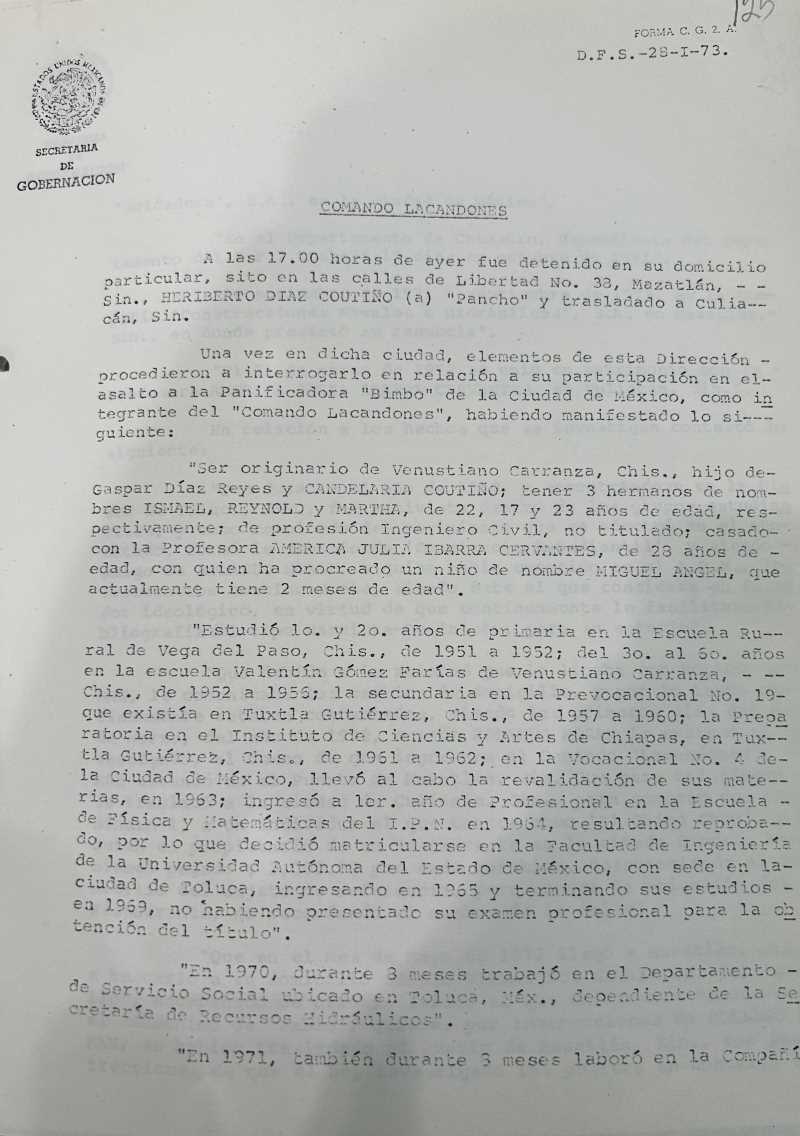
After the repression of October 2, 1968, in Tlatelolco, some youth groups decided to take up arms. Various urban guerrillas were created, such as the Lacandones commando in Mexico City. Credit: AGN
Full Citation: Archivo General de la Nación. “La persecución de las guerrillas urbanas en México: el comando ‘Lacandones.’” gob.mx, http://www.gob.mx/agn/es/articulos/la-persecucion-de-las-guerrillas-urbanas-en-mexico-el-comando-lacandones?idiom=es. Accessed 3 Apr. 2024.


